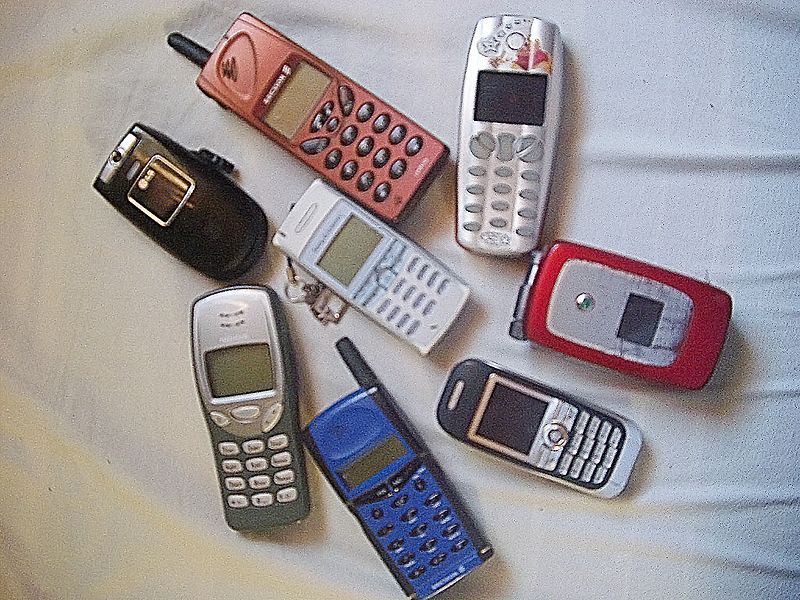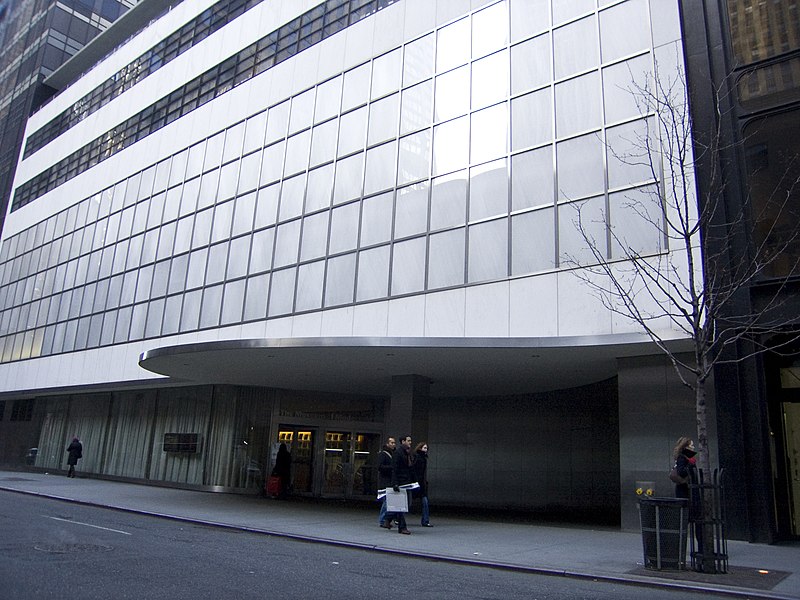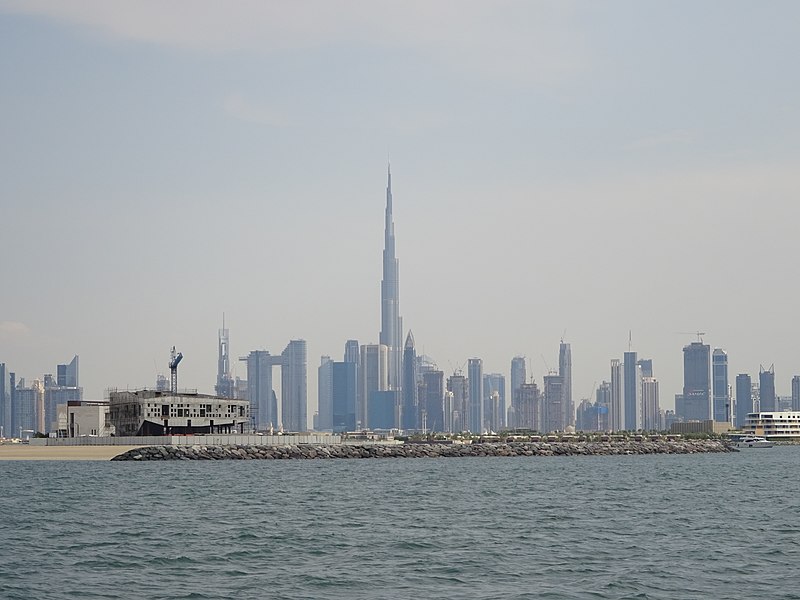BROWDERBOOKS
Friends and followers, I need your help. The ebook of my new nonfiction title, New Yorkers: A Feisty People Who Will Unsettle, Madden, Amuse and Astonish You, is now temporarily available from Amazon's Kindle store at a bargain price of .99 cents (regular price $5.99). Puleeez buy a copy and review it. The first six or seven may even get it for free, except for tax (Amazon's doing, not mine). But if .99 cents strains your budget, I will cheerfully reimburse you to the tune of one whole U.S. dollar ($1.00).
Maybe, like me, you prefer a print copy for reading. Do not buy the paperback now; it may have flaws. It will soon be available free of flaws ($19.95 plus shipping). But first, I need ebook sales and reader reviews. You don't have to read the whole ebook; just read the introduction and one or two chapters and do a review, based on what you have read. But if you like the ebook version (one advantage: you can adjust the size of the print), by all means read on.
IMPORTANT: Your review can and should be brief. By "brief" I mean really brief: two or three sentences, or just a few words. You can sign your review with (my preference) your full name (John or Jane Doe), or an abbreviated name (John D., Jane D.), or a fictitious name (BookFreak, Feisty Sal, bookguy29). In the review don't tell me what you think I want to hear; tell me what you honestly think. And don't be surprised if I quote from your review. So puleeez, go here to buy the ebook (not the paperback) and do a brief review. You will earn the author's boundless and undying gratitude. Once I have a number of reader reviews, I will announce the paperback version (free of flaws) and make it available, too.
All my books are available here.
And now, on to people-watching.
Maybe, like me, you prefer a print copy for reading. Do not buy the paperback now; it may have flaws. It will soon be available free of flaws ($19.95 plus shipping). But first, I need ebook sales and reader reviews. You don't have to read the whole ebook; just read the introduction and one or two chapters and do a review, based on what you have read. But if you like the ebook version (one advantage: you can adjust the size of the print), by all means read on.
 |
IMPORTANT: Your review can and should be brief. By "brief" I mean really brief: two or three sentences, or just a few words. You can sign your review with (my preference) your full name (John or Jane Doe), or an abbreviated name (John D., Jane D.), or a fictitious name (BookFreak, Feisty Sal, bookguy29). In the review don't tell me what you think I want to hear; tell me what you honestly think. And don't be surprised if I quote from your review. So puleeez, go here to buy the ebook (not the paperback) and do a brief review. You will earn the author's boundless and undying gratitude. Once I have a number of reader reviews, I will announce the paperback version (free of flaws) and make it available, too.
All my books are available here.
And now, on to people-watching.
People-watching
On a recent Sunday afternoon I went to a local restaurant, the Hudson Hound (formerly the Dublin Pub) on Hudson Street, where they put me at a small table for two wedged in between other tables. As usual, I was the only patron dining solo, and having no cell phone and nothing to read, I people-watched. And as usual, the other patrons were either talking loudly or glueing their eyes to a smart phone or a tablet.
[A personal aside: I take great pride in never having owned a car, a television, or a cell phone, and lately the lack of this last has proved aggravating. I have usually done without PayPal, but somehow got involved with them and was recently informed that I would be dropped unless I renewed. Renewing involved sending them a selfie exhibiting an I.D. Their assuming that everyone today does selfies with a smart phone infuriated me, so I took great delight in ignoring their pleas to renew, and in their announcement of my suspension.
Similarly, to advertise my new e-book on Amazon, Amazon expected me to photograph both sides of my driver's license with a smart phone and forward it to them, which I of course could not and would not do. This was awkward, for I had planned to advertise with them, but of necessity I bade them a bitter good-bye. Then, belatedly, I realized that a friend -- Silas, who backs me up at book fairs, comes equipped with a smart phone and can do the photo for me, without my having to acquire a gadget that I delight in doing without. End of aside; now back to people-watching.]
On this recent occasion at the Hudson Hound, I people-watched three nearby tables in particular. To my immediate right was a young couple, a deep-voiced, dark-haired young man, rather intense, with a young woman who, being seated next to me, I couldn't see too well. And to my immediate left was a somewhat older married couple with two little girls: a young family. And seated two tables over on my right were two older men whose talk and hearty laughter resonated.
The young couple on my immediate right I didn't speak to, fearing to violate their privacy. As the family on my left prepared to leave, I asked the mother, "How old are they?" "Three and eight," she said, smiling. "I'll bet they keep you busy," I said, prompting a roll of the eyes and the answer, "Do they ever!" The eight-year old then approached me with the palm of one hand upraised, and I, reading her signal, greeted her by smacking her palm gently with the palm of my right hand. As they left, she waved good-bye.
As for the two older men on my my far right, I didn't interact with them, nor could I make out any of their conversation. But in them, and especially in the older of the two, I sensed knowledge, money, and power. As they got up to leave, the older one donned a quilted white jacket with a hood (it was fiercely cold outside), and I noticed that he was wearing plain old jeans. This didn't prompt me to revise my impression of knowledge, money, and power, since in our time, unlike in the nineteenth century, money, and especially old money, doesn't always parade itself; it often dresses down, scuffs about in jeans and sneakers.
My final take on my neighbors: three ages of life (1) the courting young, (2) the young marrieds, and (3) the older set, experienced, knowledgeable, mature. Lacking only was (4), the elderly, until I realized with a laugh that I myself constituted that category, making the cast complete. It was today's ultra modern equivalent (or perhaps distortion) of a nineteenth-century series of Currier & Ives prints showing the four seasons of life -- cheery, vastly idealized views that ended up on parlor or living-room walls of urban brownstones and rural dwellings alike.
But I have yet to mention the star of my recent occasion. Standing across from me by another table I saw one of the hosts, a young woman with blond hair and a low-cut dress revealing a tattoo on one shoulder. The tattoo alone proclaimed her a "swinger," a very "with it" young woman, liberated, free-living, cool, unsquare, the very opposite of bourgeois.
Yet she was not the star of the occasion. With obvious delight this supposed "swinger" was holding a tiny infant that she had borrowed, I assumed, from the party at that table, who were fussing gleefully over the child. But then she walked off with the infant and made the rounds of the tables, garnering smiles, coos, and waves. "Yours," I asked, when she came near me, "or Rent-a-Kid?" She smiled and gestured toward a group at a front table blocked from my sight by a partition; they, I assumed, were the parents. "How old?" I asked, prompting the answer, "Born in October." A quick calculation: four months old at most. I waved to the infant, a little girl who looked at me and everyone with tiny brown eyes of wonder.
After that, the blond hostess restored the child to her parents, who were dining near the entrance with a large party, and resumed her role of hostessing. As I left the restaurant, I waved again to the infant, whose parents and friends were all young Asian-Americans. One of the women in the group then asked me with a smile, "How was your cappuccino?" The hostess must have mentioned me and the coffee that I had with dessert. "Delicious," I replied, and with another wave and smile to the little girl, departed.
Such was my recent people-watching experience. I think of people-watching as very Old Worldly, remembering how patrons at outdoor tables in Parisian cafés years ago would people-watch, eyeing passersby and other patrons at tables nearby.
New Yorkers are too intense, too in a hurry to do much people-watching, but it is an old Midwestern tradition as well. I grew up in Evanston, a suburb of Chicago, and the spacious old late-nineteenth-century or early-twentieth-century homes down near Lake Michigan had big front porches from which you could watch the neighbors coming and going. And when driving with relatives through old towns in Indiana, I have seen many homes of similar vintage with similar wide front porches, often with a big swing hanging from the porch roof with chains.
In sharp contrast with these Midwestern homes, and indeed with the Parisian cafés so conducive to people-watching, were the private homes in the Parisian suburbs and the provinces. Those homes were tight little fortresses, ringed by tall stone walls topped with broken glass, and signs that said CHIEN MECHANT (Beware of the Dog). Which reflected the French family's concern with privacy and security. The French were far less likely than Americans to invite a stranger into their homes, so when they did, as happened to me more than once, it was a rare and meaningful honor, indicating a more-than-casual degree of acceptance.
So much for people-watching here and abroad. If I had a smart phone and was addicted to it, I doubt if the subject would ever have occurred to me.
Coming soon: Sensual, preceded by Hate.
© 2020 Clifford Browder
[A personal aside: I take great pride in never having owned a car, a television, or a cell phone, and lately the lack of this last has proved aggravating. I have usually done without PayPal, but somehow got involved with them and was recently informed that I would be dropped unless I renewed. Renewing involved sending them a selfie exhibiting an I.D. Their assuming that everyone today does selfies with a smart phone infuriated me, so I took great delight in ignoring their pleas to renew, and in their announcement of my suspension.
 |
| My enemies. |
Similarly, to advertise my new e-book on Amazon, Amazon expected me to photograph both sides of my driver's license with a smart phone and forward it to them, which I of course could not and would not do. This was awkward, for I had planned to advertise with them, but of necessity I bade them a bitter good-bye. Then, belatedly, I realized that a friend -- Silas, who backs me up at book fairs, comes equipped with a smart phone and can do the photo for me, without my having to acquire a gadget that I delight in doing without. End of aside; now back to people-watching.]
On this recent occasion at the Hudson Hound, I people-watched three nearby tables in particular. To my immediate right was a young couple, a deep-voiced, dark-haired young man, rather intense, with a young woman who, being seated next to me, I couldn't see too well. And to my immediate left was a somewhat older married couple with two little girls: a young family. And seated two tables over on my right were two older men whose talk and hearty laughter resonated.
The young couple on my immediate right I didn't speak to, fearing to violate their privacy. As the family on my left prepared to leave, I asked the mother, "How old are they?" "Three and eight," she said, smiling. "I'll bet they keep you busy," I said, prompting a roll of the eyes and the answer, "Do they ever!" The eight-year old then approached me with the palm of one hand upraised, and I, reading her signal, greeted her by smacking her palm gently with the palm of my right hand. As they left, she waved good-bye.
As for the two older men on my my far right, I didn't interact with them, nor could I make out any of their conversation. But in them, and especially in the older of the two, I sensed knowledge, money, and power. As they got up to leave, the older one donned a quilted white jacket with a hood (it was fiercely cold outside), and I noticed that he was wearing plain old jeans. This didn't prompt me to revise my impression of knowledge, money, and power, since in our time, unlike in the nineteenth century, money, and especially old money, doesn't always parade itself; it often dresses down, scuffs about in jeans and sneakers.
My final take on my neighbors: three ages of life (1) the courting young, (2) the young marrieds, and (3) the older set, experienced, knowledgeable, mature. Lacking only was (4), the elderly, until I realized with a laugh that I myself constituted that category, making the cast complete. It was today's ultra modern equivalent (or perhaps distortion) of a nineteenth-century series of Currier & Ives prints showing the four seasons of life -- cheery, vastly idealized views that ended up on parlor or living-room walls of urban brownstones and rural dwellings alike.
 |
Currier & Ives, The Four Seasons of Life.
Old Age: The Age of Rest.
Somehow, I don't relate.
But I have yet to mention the star of my recent occasion. Standing across from me by another table I saw one of the hosts, a young woman with blond hair and a low-cut dress revealing a tattoo on one shoulder. The tattoo alone proclaimed her a "swinger," a very "with it" young woman, liberated, free-living, cool, unsquare, the very opposite of bourgeois.
Yet she was not the star of the occasion. With obvious delight this supposed "swinger" was holding a tiny infant that she had borrowed, I assumed, from the party at that table, who were fussing gleefully over the child. But then she walked off with the infant and made the rounds of the tables, garnering smiles, coos, and waves. "Yours," I asked, when she came near me, "or Rent-a-Kid?" She smiled and gestured toward a group at a front table blocked from my sight by a partition; they, I assumed, were the parents. "How old?" I asked, prompting the answer, "Born in October." A quick calculation: four months old at most. I waved to the infant, a little girl who looked at me and everyone with tiny brown eyes of wonder.
After that, the blond hostess restored the child to her parents, who were dining near the entrance with a large party, and resumed her role of hostessing. As I left the restaurant, I waved again to the infant, whose parents and friends were all young Asian-Americans. One of the women in the group then asked me with a smile, "How was your cappuccino?" The hostess must have mentioned me and the coffee that I had with dessert. "Delicious," I replied, and with another wave and smile to the little girl, departed.
Such was my recent people-watching experience. I think of people-watching as very Old Worldly, remembering how patrons at outdoor tables in Parisian cafés years ago would people-watch, eyeing passersby and other patrons at tables nearby.
 |
| Outdoor tables at a Paris café, made for people-watching. |
New Yorkers are too intense, too in a hurry to do much people-watching, but it is an old Midwestern tradition as well. I grew up in Evanston, a suburb of Chicago, and the spacious old late-nineteenth-century or early-twentieth-century homes down near Lake Michigan had big front porches from which you could watch the neighbors coming and going. And when driving with relatives through old towns in Indiana, I have seen many homes of similar vintage with similar wide front porches, often with a big swing hanging from the porch roof with chains.
In sharp contrast with these Midwestern homes, and indeed with the Parisian cafés so conducive to people-watching, were the private homes in the Parisian suburbs and the provinces. Those homes were tight little fortresses, ringed by tall stone walls topped with broken glass, and signs that said CHIEN MECHANT (Beware of the Dog). Which reflected the French family's concern with privacy and security. The French were far less likely than Americans to invite a stranger into their homes, so when they did, as happened to me more than once, it was a rare and meaningful honor, indicating a more-than-casual degree of acceptance.
So much for people-watching here and abroad. If I had a smart phone and was addicted to it, I doubt if the subject would ever have occurred to me.
Coming soon: Sensual, preceded by Hate.
© 2020 Clifford Browder










